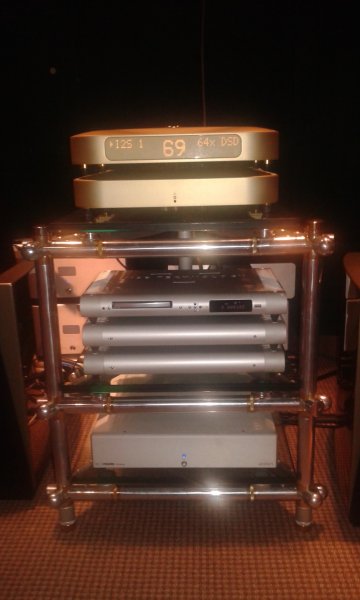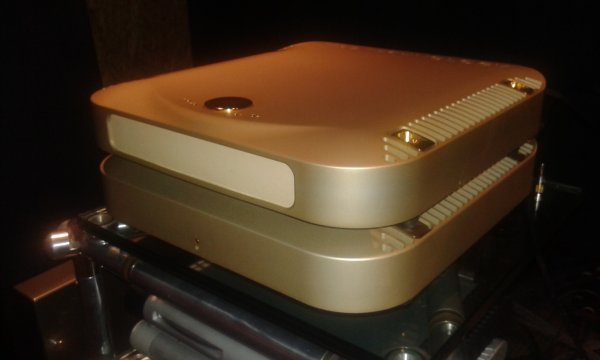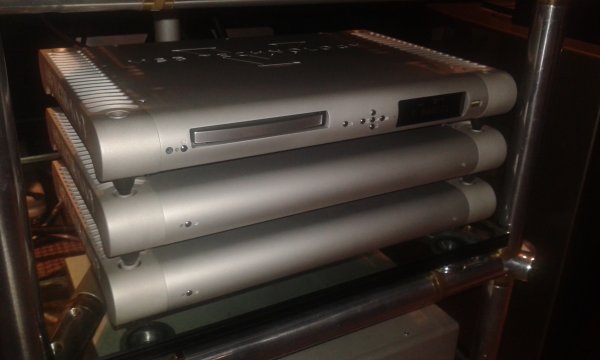The folks at MSB were pretty firm in their belief that their new Quad i2s USB input sonics were on a par with any alternative source, which was a first for them with their new implementation.
My IV should come back as an upgraded V with a Quad USB later this week. I'll test the new quad i2s USB against the Ethernet-based chain (which I used previously), which in prior iterations did beat their best USB based alternative
I will be upgrading as well just want to do it when I am out of out of town so my downtime is mitigated. I look forward to your impressions. One benefit I will get is I will be able to see how much of a difference the Quad USB makes vs the V upgrade.
I think you will be in for a big surprise with Quad solution.


















